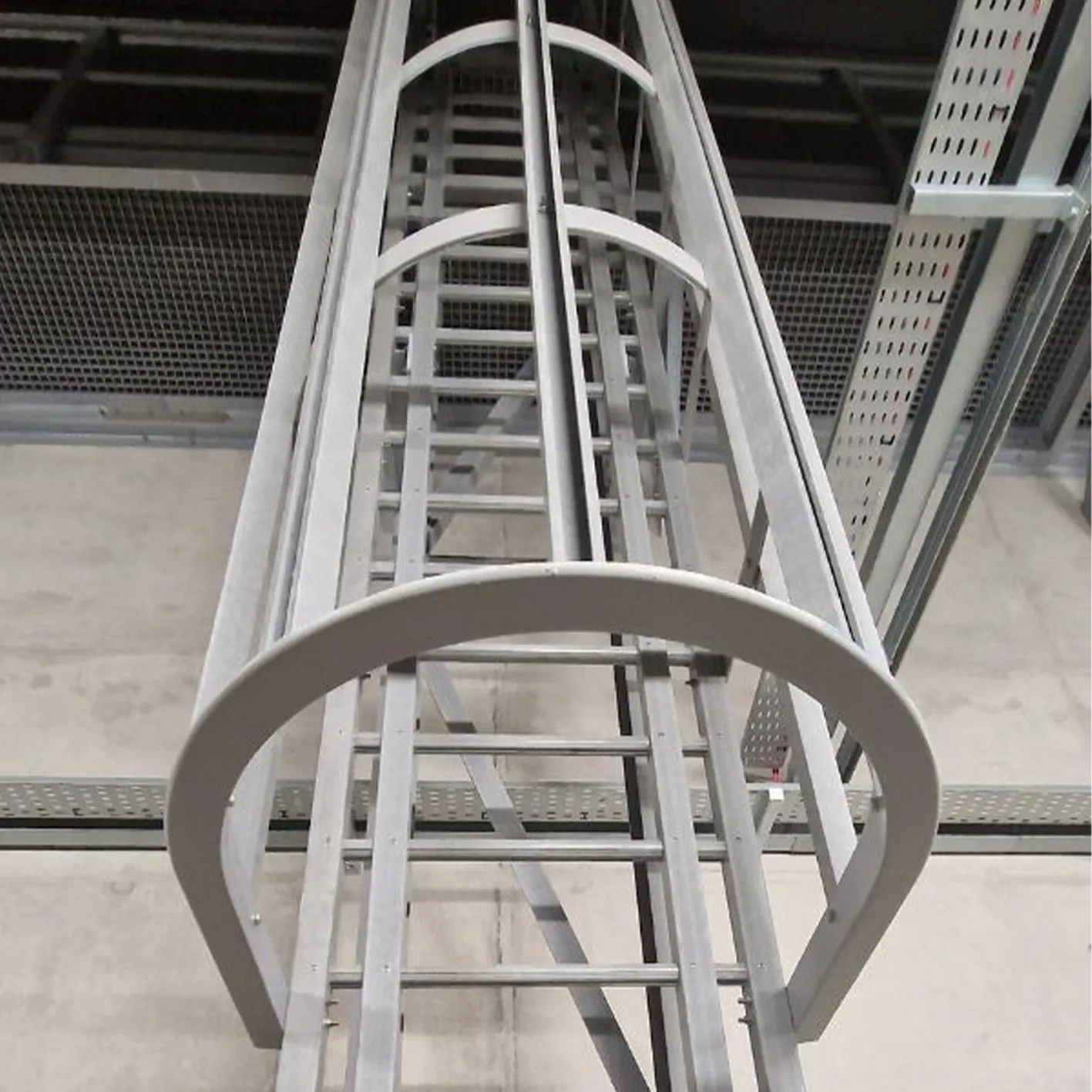loading...
- No. 9, Xingyuan South Street, Dongwaihuan Road, Zaoqiang County, Hengshui, Hebei, China
- admin@zjcomposites.com
- +86 15097380338
- Welcome to visit our website!
Exploring the Benefits and Applications of FRP Walkway Systems for Modern Construction
Exploring the Benefits of FRP Walkways A Modern Solution for Sustainable Infrastructure
In recent years, the construction and architectural industries have witnessed a significant shift towards more sustainable and durable materials. Among them, Fiber Reinforced Polymer (FRP) has emerged as a favored choice for various applications, especially in the development of walkways. This innovative material not only enhances the longevity and structural integrity of walkways but also addresses environmental concerns, making it an ideal solution for modern infrastructure.
What is FRP?
Fiber Reinforced Polymer (FRP) is a composite material made of a polymer matrix reinforced with fibers, typically glass, carbon, or aramid. This combination results in a lightweight yet exceptionally strong material that possesses outstanding resistance to corrosion, chemicals, and environmental factors. These properties make FRP particularly suitable for construction applications where durability is paramount.
Advantages of FRP Walkways
1. Durability One of the primary advantages of FRP walkways is their exceptional durability. Unlike traditional materials like wood or concrete, FRP does not rot, corrode, or degrade over time. This ensures that the infrastructure remains intact and safe for users even in harsh environmental conditions, such as coastal areas where saltwater exposure is a concern.
2. Lightweight Nature FRP is significantly lighter than concrete or steel, which simplifies transportation and installation. This lightweight characteristic not only reduces labor costs but also minimizes the need for heavy machinery, making it more accessible for various construction projects, including remote locations where transport can be challenging.
3. Low Maintenance With a longer lifespan and resistance to environmental fatigue, FRP walkways require less maintenance, reducing ongoing operational costs. The absence of rust and the stability of the composite material greatly lower the need for frequent repairs and replacements, providing an economic advantage over the lifespan of the walkway.
walkway frp

4. Environmental Impact The production and disposal of traditional materials like concrete have substantial environmental footprints. In contrast, FRP materials can be made from recycled components, and their long life cycle means less frequent replacements and reduced waste. Additionally, integrating FRP into infrastructure aligns with sustainability goals, making it a favored choice for green building initiatives.
5. Aesthetic Versatility FRP walkways can be produced in various colors and finishes, making it easy to adapt to different design aesthetics. Whether for parks, boardwalks, pedestrian paths, or industrial settings, FRP can complement the surrounding architecture, thus enhancing the visual appeal of public spaces.
6. Safety Considerations The surface of FRP walkways can be designed with non-slip finishes, improving safety for users in both wet and dry conditions. This aspect is particularly important for walkways that may be exposed to rain or snow, as slippery surfaces can pose a significant hazard.
Applications of FRP Walkways
FRP walkways have found applications across various sectors. In parks and recreational areas, they provide safe and durable paths for visitors, promoting outdoor activities. In industrial settings, FRP walkways facilitate access around processing plants and chemical storage, offering safety without the concerns associated with corrosion. Additionally, FRP is widely used in marine environments, such as docks and piers, where traditional materials would quickly degrade.
Conclusion
As the world increasingly prioritizes sustainable and resilient infrastructure, the popularity of FRP walkways is likely to continue growing. Their lightweight nature, durability, low maintenance requirements, and environmental advantages position them as a modern solution to traditional walkway construction. By investing in FRP walkways, communities and industries can achieve not only functional paths but also contribute positively to environmental goals and aesthetics, paving the way for the future of sustainable infrastructure.
-
Why Choose a Galvanized Water Tank for Your Storage NeedsNewsMay.21,2025
-
The Strength and Durability of FRP GratingNewsMay.21,2025
-
The Importance of Water Treatment Systems for Clean and Safe WaterNewsMay.21,2025
-
The Advantages of FRP Rebar for Construction ProjectsNewsMay.21,2025
-
Say Goodbye to Hard Water with a Reliable Water SoftenerNewsMay.21,2025
-
Maximize Your Water Storage with a Sectional Water TankNewsMay.21,2025
-
The Power of Filter VesselsNewsMay.19,2025
